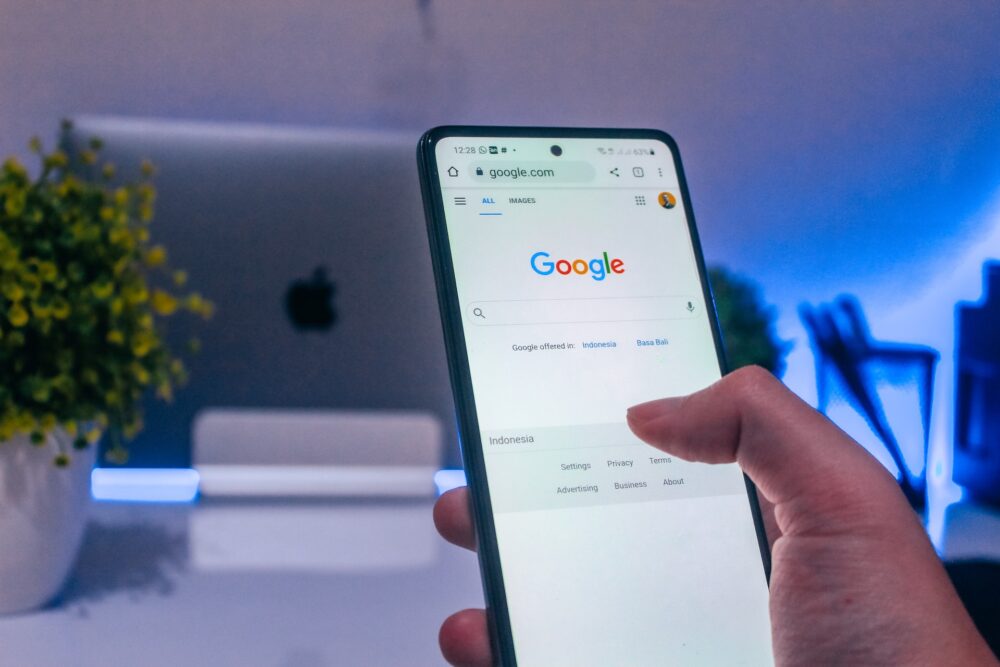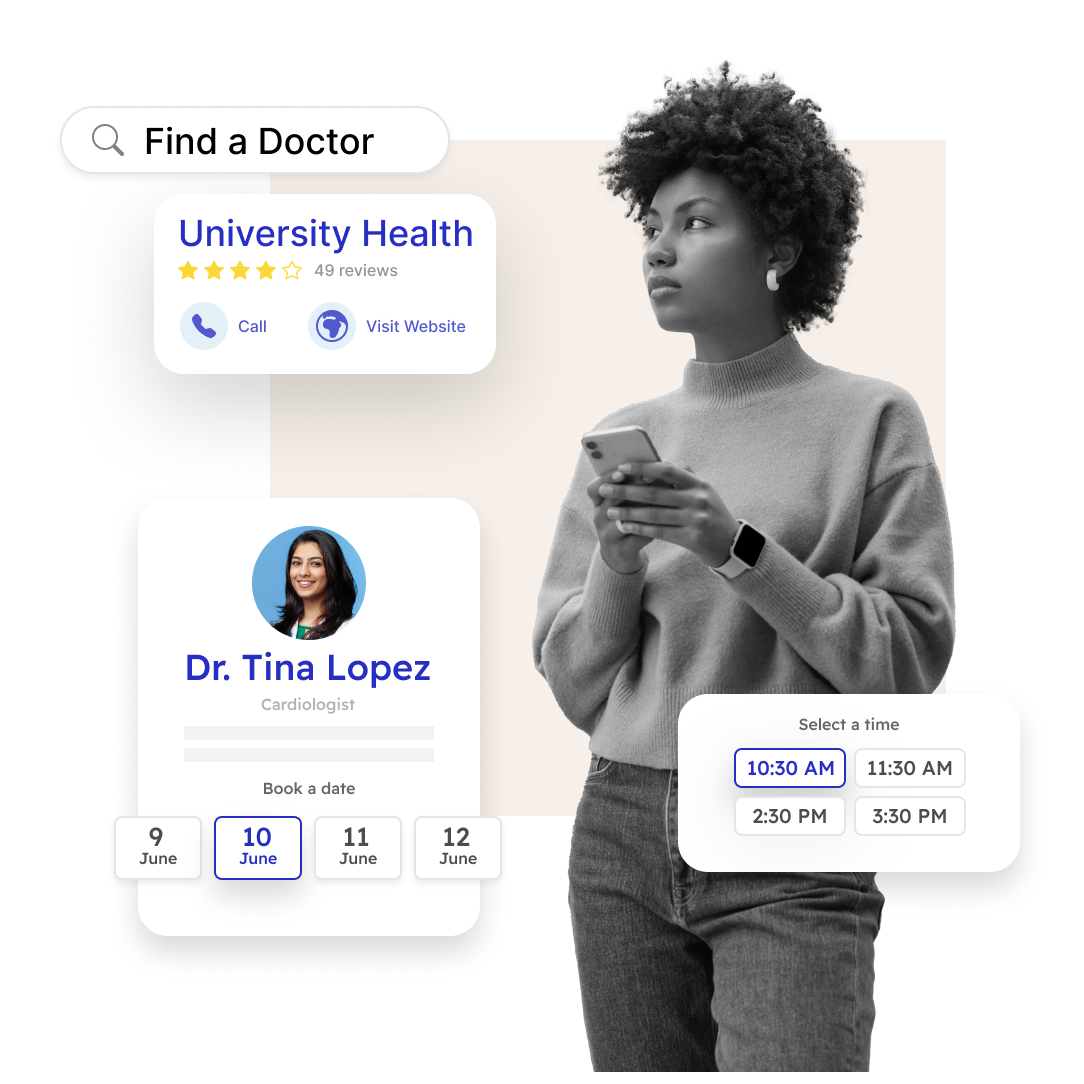Google Search Has Shaped Healthcare Customer Expectations

A decade ago, Google-led research found that search drove 3 times as many visitors to healthcare websites, compared to non-search visitors. The study also discovered that customers using mobile devices to search for care are more likely to book an appointment.
Search is key to a frictionless care journey
The role of search and mobile have only grown stronger. Mobile is now the primary way customers access the web, and begin their care journey. And as digital channels become the gateway to find providers, reaching customers is more challenging.
Thanks to Google – and its intuitive ability to match intent with results – healthcare customers are conditioned, and expect, that websites to offer a plain-view, smart search interface. Across every industry, from travel and retail to real estate, search provides a seamless way to match intent with relevant results.
Healthcare search is behind
There is a common problem in the journey to wellness: Search on healthcare is often broken. Queries often lead to dead ends, results are rigid, and search leads to friction, rather than providing a seamless experience.
Customers are accustomed to the power of Google and the actionable results it gives. It’s time for healthcare to rethink the role search plays to deliver access to available care. The following are simple best practices to consider when upgrading search:
- Never lead to dead ends, and always show results
- Enable long tail searches
- Adopt natural language search capabilities
- Filter results to show real-time availability
- Enable error tolerance to capture intent, regardless if a condition or name is misspelled
- Lean on faceted results, and provide customers with options to refine results
Capture intent, show relevant results
A good search experience should surface relevant results. But capturing intent, and matching relevant results is hard. Search must have the capability to capture user-entered questions, long-tail queries and showcase results, even if displaying closely matched results or alternative options.
Long-tail searches, such as “Optometrist that speaks Spanish in New York” should provide meaningful results. These kinds of searches account for a large percentage of total queries and it’s how customers use search, from a provider directory or full, onsite search.
Healthcare search can be forward
Search is part of a winning strategy to create a frictionless, digital front door. Search powers action and it’s a vital tool for customer acquisition. We welcome the opportunity to schedule a short discovery call to showcase the power of DexCare’s search platform.

